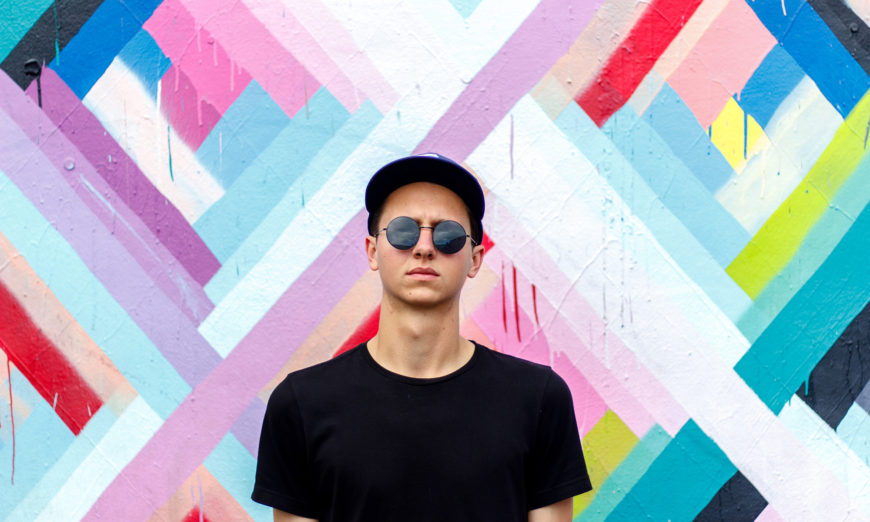People. For the general photographer, people photography is a highly demanding venue. We like to see photos of people, be they family, friends or just interesting faces. We like the ability to quickly make images. And, we hate that, so often, there is something badly missing in our images. Here are some technical tips, in no particular order, of things that you can do that will improve your people photography. To get started, set a nice low ISO on your camera for the best colour and dynamic range.
The Eyes Have It.
We have five senses but generally place the highest dominance on seeing. Thus, when we look at a photograph of a person or group, the eyes must be sharp. If not, the photograph is a failure. So, we will start with some tips for ensuring that the eyes are sharp.
Choose single point autofocus. Zone focusing, area focusing or the ridiculous “let the camera guess” modes, do not lock on the eye. Use a single point and drop it on the nearest eye. Lock the focus, recompose for a pleasing composition and shoot. You can of course try to use sticks and wheels to move the focus point around. That takes so long and is so tedious, that your subject will have moved away by the time you are done. Learn what I call the FLRS system (pronounced “floors”) Focus, Lock, Recompose, Shoot.
Chimp your shots. Looking at the base image on the LCD is no way to check sharpness. Start there, but use the zoom in function on your camera and check the eyes for sharpness. If not sharp, shoot again. If still not sharp, you may have a settings issue.
Get the Camera Shutter Speed Right
There are countless guides on the minimum safe handhold able shutter speed. There are also countless guides on why you should be using a tripod. Very few guides consider that your subject is a live entity and may also be moving. Just because you are using a 50mm prime does not mean that your minimum safe shutter speed is 1/60 of a second. You may shake a bit. If the eyes are soft and you are sure of your focus, raise the shutter speed. If your subject is a child, raise the shutter speed again; little children move at higher rates of speed – constantly. They move a lot. I find all too often in photo reviews that the shutter speed is just too low for sharpness. Do not depend on technical features like optical image stabilization under whatever moniker it has. While stabilization can be a real benefit it does not impart sharpness where there isn’t any. The laws of physics are inviolate. Stabilization can help with micro-shake, it will not fix movement because it cannot shift very far at all. So be cautious about advertising hype and don’t depend on stabilization to fix a shutter speed that’s too slow.
Avoid Distracting Backgrounds
If you are shooting in a scene mode, choose the Portrait option. This will bias the program to a wider aperture, and therefore a higher shutter speed. You have a lower probability of shake, and the greater probability that the background is out of focus. Or switch to Aperture preferred and set your lens to the widest opening it has (the smallest f number, like f/1.8 or f/2.0, depending on your lens). This will give you very shallow depth of field and make the background soft and less distracting. This simple tip will significantly enhance the viewing pleasure of your images by focusing viewer attention on your primary subject. Remember that depth of field is also influenced by the distance to the subject, so if you are very close, your depth of field is even less. Watch for eye sharpness at all times.
Choose the Proper Lens Focal Length
Advertising messaging notwithstanding, the 50mm lens is a terrible choice for close portraits. When you get close enough for a headshot or even half body, perspective exaggeration will make the nose look bigger and otherwise extend the depth of the person. The 50mm is terrific for group shots or full-length portraits but is a poor choice for single person portraits. Your telephoto zoom lens is usually a very practical choice. Start at around 100mm and work your way up to longer focal lengths. You will get a little bit of perspective compression that is typically very flattering to the face and it will also increase the space between you and the subject which helps put the non-professional model at ease because the lens is not right in the person’s face. Do bear in mind that many telephoto zooms are built to be priced attractively low and thus will not have very large maximum apertures. To get background blur, use the longest focal length you can, as close as you can and with the lens set to its widest aperture. It is perfectly possible to make a nice child’s headshot using a basic 55-200 lens at 200mm and f/5.6. As always check the eyes for sharpness and if you cannot achieve a suitable shutter speed, raise the ISO. Your camera is probably better at noise control than you give it credit for.
When Shooting a Group
Groups can be more challenging. Where do you focus? Posing the group will help, and avoid the firing squad side-by-side line-up. People tend to position themselves with gaps between them so squish them together. Get the folks in back to push their heads into the spaces between the heads of the people in front. Doing so will reduce your need for smaller apertures and more depth of field. Use your 50mm lens; it is ideal for this kind of thing. Unless you are really accomplished with depth of field tables, lock the focus on the closest eye of the closest person and start with an aperture of f/8. Make sure that you have enough shutter speed, and if not raise your ISO until you get an acceptable shutter speed. Take a shot and chimp it with the zoom function so can check the sharpness everywhere. Adjust the aperture accordingly if needed and reshoot. You’ll get the settings nailed in a couple of tests and then you can do the real work, which is getting the people to be glad to be there.
Good people images take a little bit of work, but when you do it, you will end up with better photographs.
Until next time, peace.



